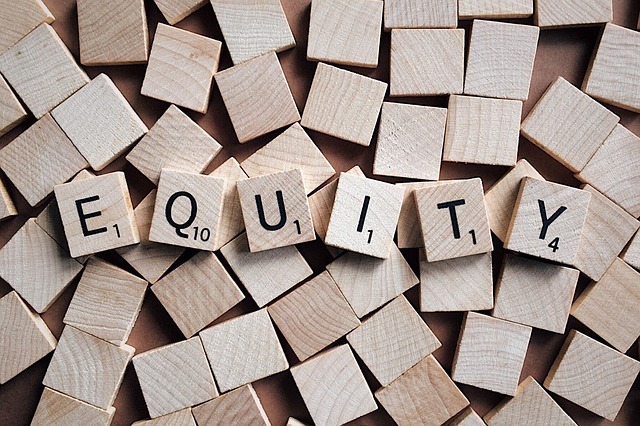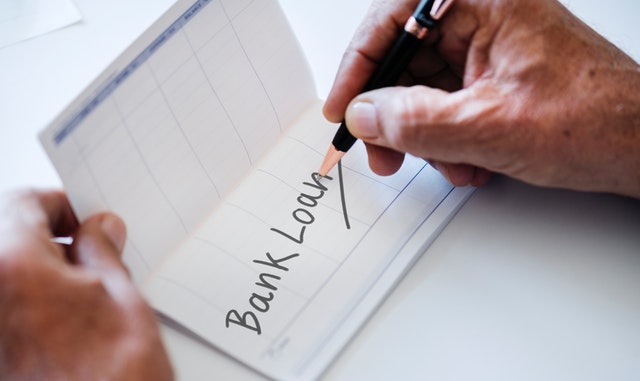 Opportunity Zones were created by the 2017 Tax Cuts and Jobs Act to encourage investors with capital gains on other investments to invest that money in low-income and undercapitalized communities. They get a reward of deferring capital gains tax. They avoid a portion of it altogether if they keep the investment for five years or longer.
Opportunity Zones were created by the 2017 Tax Cuts and Jobs Act to encourage investors with capital gains on other investments to invest that money in low-income and undercapitalized communities. They get a reward of deferring capital gains tax. They avoid a portion of it altogether if they keep the investment for five years or longer.
What started with a trickle of a few Opportunity Zones scattered around the country is now a deluge with over 3,000 approved Opportunity Zones approved in just about every part of America. 4,700 more areas may also qualify.
Opportunity Zones Expanded Dramatically
The very generous definition of Opportunity Zones not only includes poorer areas but it also includes wealthy areas within larger poor areas. Some are wealthier areas adjacent to poor areas. For example, there are Opportunity Zones in Manhattan, which is an area not typically thought of as low-income or undercapitalized.
Opportunities In Opportunity Zones
The tax incentives along with the current easy financing from real estate lenders are stimulating development projects in Opportunity Zones. Investors may increase returns on real-estate investments by up to 50% for projects in these areas.
The highest returns, based on the tax savings, are for those that invest before the end of 2019 and hold the investment for seven years until 2026. They get a capital gains step-up of 15%. After that, the tax benefits go down to a capital gains step-up of 10%.
Homes In Opportunity Zones
Another attractive characteristic is that the price of single-family homes in many Opportunity Zones is a bargain. The median price of homes in almost half of the Opportunity Zones is less than $150,000. This compares favorably to the national median home price of $266,000.
Moreover, homes in many Opportunity Zones are less than half the price of an adjacent area. The median rents in the Opportunity Zones are not as depressed as the home prices.
For real estate investors looking for cash-flow positive rental properties to acquire for a portfolio, these homes may rent for enough to pay the carrying costs.
For home buyers, these bargain prices may mean it pays to buy a home on the edge of an Opportunity Zone. If the home is adjacent to a nicer neighborhood, the upside potential for appreciation in home value may be enhanced.
Opportunities for low-cost homes exist in the Midwest, which has 73% of its Opportunity Zones with homes that cost below $150,000. The portion in the South is 57% and in the North East, it is 53%. Florida has over 300 Opportunity Zones. Pennsylvania has over 150. Tennessee has about 140. Those are states worth considering.
Summary
Looking for home-buying opportunities in newly-designated Opportunity Zones is attractive for real estate investors building up a portfolio of rental properties and for homebuyers who are looking for a bargained-price home.
If you are in the market for a new home or investment opportunity, be sure to consult with your trusted real estate professional.
 Crowdfunding came into prominence with the Jumpstart Our Business Startups (JOBS) Act that President Obama signed into law during 2012 and subsequent enhancements. The JOBS Act made it easier for startups to raise money and for the first time allowed the legal ability to advertise the investments and accept small investors.
Crowdfunding came into prominence with the Jumpstart Our Business Startups (JOBS) Act that President Obama signed into law during 2012 and subsequent enhancements. The JOBS Act made it easier for startups to raise money and for the first time allowed the legal ability to advertise the investments and accept small investors. Many mortgage payments are made up of four parts, called PITI. PITI is an acronym that stands for principal, interest, tax, and insurance. It’s important to understand PITI because it is the real number you need to use in order to find out how much mortgage you can afford to pay each month.
Many mortgage payments are made up of four parts, called PITI. PITI is an acronym that stands for principal, interest, tax, and insurance. It’s important to understand PITI because it is the real number you need to use in order to find out how much mortgage you can afford to pay each month. For many Americans, their home is their primary investment. The equity stored in your residence can be a source of available cash for home repairs, upgrades, or for financing the purchase of investment properties. However, few homeowners really understand the process that results in home equity.
For many Americans, their home is their primary investment. The equity stored in your residence can be a source of available cash for home repairs, upgrades, or for financing the purchase of investment properties. However, few homeowners really understand the process that results in home equity.  It is a major life decision to buy a home and yet many do not consider how much they will pay on the interest over the life of the loan. All they usually think about is if they can afford to pay the monthly mortgage payments.
It is a major life decision to buy a home and yet many do not consider how much they will pay on the interest over the life of the loan. All they usually think about is if they can afford to pay the monthly mortgage payments. Sometimes, things don’t go as planned. Despite the best intentions, there are times when it’s impossible for homeowners to fulfill their mortgage obligations. When your misfortune turns into a foreclosure notice, these tips will help you control the situation and realize the best outcome.
Sometimes, things don’t go as planned. Despite the best intentions, there are times when it’s impossible for homeowners to fulfill their mortgage obligations. When your misfortune turns into a foreclosure notice, these tips will help you control the situation and realize the best outcome. A reverse mortgage is a way to use the equity value that built up in a home to improve the quality of life for those who have appropriate circumstances when they reach the retirement age of 62 or older. With a reverse mortgage, a person continues to live in their own home and retains the title to it but does not have to make any monthly reverse mortgage payments.
A reverse mortgage is a way to use the equity value that built up in a home to improve the quality of life for those who have appropriate circumstances when they reach the retirement age of 62 or older. With a reverse mortgage, a person continues to live in their own home and retains the title to it but does not have to make any monthly reverse mortgage payments. It’s more common these days to have non-traditional income that doesn’t fall into the W-2 category. Many people work in what is referred to as the “gig economy,” where income might come from a variety of freelance sources.
It’s more common these days to have non-traditional income that doesn’t fall into the W-2 category. Many people work in what is referred to as the “gig economy,” where income might come from a variety of freelance sources. Are you the type of real estate investor that has an interest in a treasure hunt? A real estate investment strategy based on hard money is, at its core, a treasure hunt. There must be an underlying value, the “treasure,” for a hard money opportunity to exist.
Are you the type of real estate investor that has an interest in a treasure hunt? A real estate investment strategy based on hard money is, at its core, a treasure hunt. There must be an underlying value, the “treasure,” for a hard money opportunity to exist. Most consumers believe if they pay their bills on time, they need not worry about their credit score. Oftentimes, it is a rude awakening when they apply for a mortgage loan, car loan, or any revolving credit to learn they are not going to get the lowest rates available due to their credit score. This is because paying bills on time only accounts for 35 percent of your credit score. The remaining 65 percent is spread out among other factors that impact your credit score.
Most consumers believe if they pay their bills on time, they need not worry about their credit score. Oftentimes, it is a rude awakening when they apply for a mortgage loan, car loan, or any revolving credit to learn they are not going to get the lowest rates available due to their credit score. This is because paying bills on time only accounts for 35 percent of your credit score. The remaining 65 percent is spread out among other factors that impact your credit score.